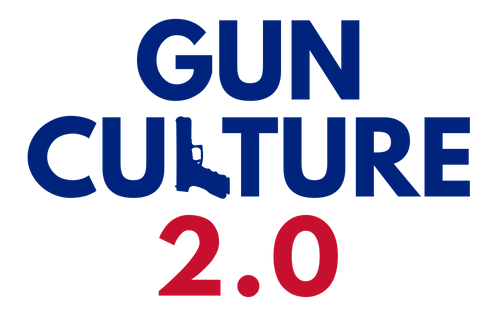In connection with my project of articulating The Master Narrative of Democracy-Destroying Right-Wing Gun Culture in the field of gun studies, I have been reading political scientist Alexandra Filindra’s Race, Rights, and Rifles: The Origins of the NRA and Contemporary Gun Culture (buy it via this Bookshop.org affiliate link). It’s an interesting book with a unique argument about the history of the National Rifle Association.
When reviewing it, I, of course, looked at the blurbs on the back cover to see what scholarly firepower Filindra was invoking to support her work.
I found Rogers Smith’s blurb quite interesting because it reflects what I might (tongue firmly in cheek) call “gun derangement syndrome.”

Rogers Smith is an elite scholar. A PhD from Harvard University, he held an endowed chair at an Ivy League institution, the University of Pennsylvania (where is is now emeritus). According to his bio, he is an “American Academy of Arts and Sciences Fellow in 2004, a Fellow of the American Academy of Political and Social Science in 2011, and a Member of the American Philosophical Society in 2016. Professor Smith served as Penn’s Associate Dean of Social Sciences from 2014 to 2018 and as President of the American Political Science Association in 2018-2019. He was the founding director of the Andrea Mitchell Center for the Study of Democracy and the co-founder of the Teachers Institute of Philadelphia.”
As we say in Mocksville, he’s no dummy.
And yet the logic of his blurb for Filindra’s book is fundamentally flawed.
Smith begins by asking a very important question, “Why are gun killings in the United States an everyday occurrence?”
He then summarizes the argument of Filindra’s book: “the American Revolution fused white male gun ownership with ideals of republican civic virtue in ways that the NRA has long championed.”
Which leads him to his conclusion: “Consequentially, this has led a shocking number of Americans to believe that they have a fundamental right to engage in vigilante violence–like invading the Capitol or shooting a Black teenager who mistakenly knocks on the wrong door.”
But how exactly do we get from gun killings as an everyday occurrence to (a) invading the Capitol — a case in which the only person shot was one of the vigilantes — and (b) the shooting of a Black teenager on a porch — a horrific but very rare event?
Not easily.
Why are gun killings in the United States an everyday occurrence? Not because of vigilante violence, unless we consider the endemic patterns of cyclical retaliatory violence among young, inner-city men forms of vigilante violence. And even if we do, is the ascriptive martial republicanism embodied in the NRA the best explanation for this everyday occurrence?

I suspect we need to redefine what it means to be elite. What we are seeing from elite faculty and elite universities suggests that “foolish” may be a new synonym for “elite.” Certainly, in his case, his paragraph does not reflect elite thinking, but ego and trading on his name.
The larger question – and the one they seem to prefer to ignore – is “Why are killings in the US an everyday occurrence?” Of course, they assume it is guns, rather than look too closely at the changes in the society that might parallel the trajectory of violence.
While gun ownership numbers vary from year to year, they have remained relatively constant, with between 37% – 47% of households over the past 50+ years owning firearms. Murders with guns have increased over this time period. Apparently, this elite intellect cannot identify a wide range of sociocultural and economic changes over those years.
LikeLiked by 1 person
Actually, murders with guns have not increased over this time period. They have fluctuated considerably. Doesn’t invalidate your point, of course.
LikeLike
True that there is a lot of fluctuation and the preponderance of years between 1968 and 2021 hover in the ~9,000/year range. The data I noted from Pew Research showed that there was a 100% increase (from ~9,500 to ~21,000) from 1968 to 2021 (again with most of the intervening years at ~ 9,000 – 12,000). Data from The Trace show a slight decline in 2022 and a further small decline in 2023.
But interestingly, to the point, the increase from 2020 – 2021 was about 100% and it would not take an “elite” to ponder the environmental stressors that might have accompanied that increase.
LikeLike